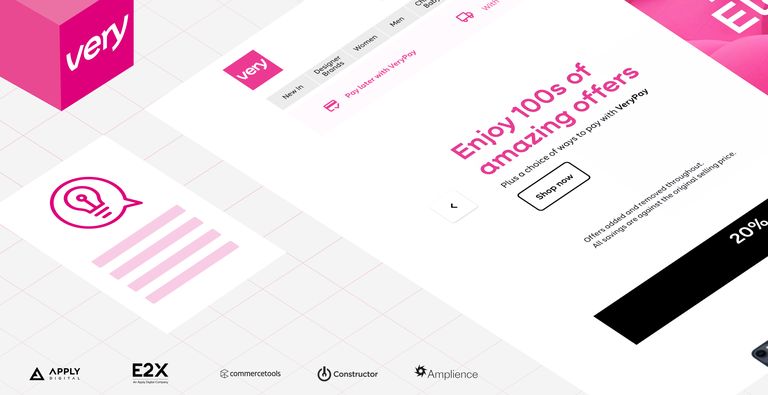Insights
4 Reasons eCommerce Businesses Should Go Headless
Headless infrastructure is the key to creating future-proof eCommerce experiences.
- Article
- 5 MIN READ
- Jul 6, 2021

Head of Business Development LATAM

Summary
A headless content management system (CMS) is an excellent approach for eCommerce stores looking to scale and deliver better customer experiences.
Headless platforms allow you to customize the tools you use and achieve greater operational efficiency. Overall, site speeds are faster, supporting a swift and cohesive purchase process.
If you’ve been operating with more traditional technology, you might be running into some challenges as you grow and evolve. Let’s take a look at four key reasons businesses should consider updating to a headless platform.
1. Changing market dynamics
With online purchases accelerating since the pandemic in 2019, most businesses have added an eCommerce arm or shifted entirely online.
In 2020, Latin America experienced a 66% increase in online transactions. As regions like Latin America become more connected to the internet every year, we can expect to see online transaction rates rise.
To thrive during these market shifts, businesses must look ahead to what customers expect. More consumers expect a cohesive omnichannel experience. Embracing a headless CMS is one way businesses can best equip themselves to meet shoppers where they’re at.
With headless technologies, eCommerce businesses can better manage and refresh inventory status across sites, achieve better loading times, and provide an overall personalized experience.
2. Excessive loading times
For every second that a user experiences a delay in page loading, your site will experience up to a 7% loss in total visitors. When your site takes three or more seconds to load, 40% of people will close the window. With more people using mobile devices where patience for slow sites is even lower, businesses must prioritize site speed. Headless technologies can help with this.
The distinguishing feature of a headless CMS is that it creates an environment where the front-end and back-end of your site are decoupled. This means content management on the presentation layer can happen simultaneously with changes made in the back-end.
The flexibility of a headless platform also allows you to select best-in-class tools that operate efficiently. These factors combined create an environment where your platform can load very quickly, reducing user friction and keeping them engaged on your site. Thanks to the diversity of specialized APIs, your system can make calls for data from the front-end without going through our servers or load databases — this reduces loading times considerably.
3. Limited content updates
Commonly used CMS platforms — like WordPress — operate by integrating with third-party plug-ins and resources. On these conventional CMS platforms, making updates can take a long time, and changes must be made delicately to avoid errors.
Adding additional plug-ins and tools to these platforms often extends loading times, which creates friction for your users and assigns penalties to your site when it comes to ranking well in organic search.
4. Omnichannel eCommerce is growing
In eCommerce, the trend towards omnichannel shopping has set a new standard for customers browsing the web for products and services. Digital buyers are sophisticated and demand options catered to their preferences.
By taking note of these preferences, businesses can evolve their experiences and technologies accordingly. An omnichannel approach requires a sophisticated technology architecture and ecosystem. But it doesn’t have to be complicated. Key elements for today’s leading sites include improved communication, dynamic sales tools, and an agile supply chain that provides accurate updates to customer touchpoints.
With these factors in mind, the best architecture for eCommerce businesses of the future includes headless platforms. This is where you’ll find the most flexibility and customization, which is critical to differentiate from the competition.
At Apply Digital, we use headless technologies when building out client experiences, as we believe it is the best approach to set businesses up for success in the future. If you are interested in adopting these technologies for your own business, reach out to someone on our team today to see how we can help.

Partner with us
Together, we can deliver innovative solutions and drive your digital change journey.
Let's connect
